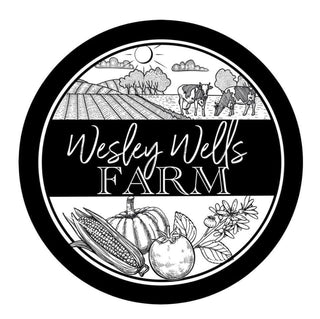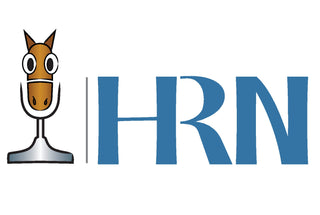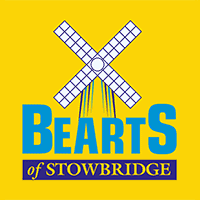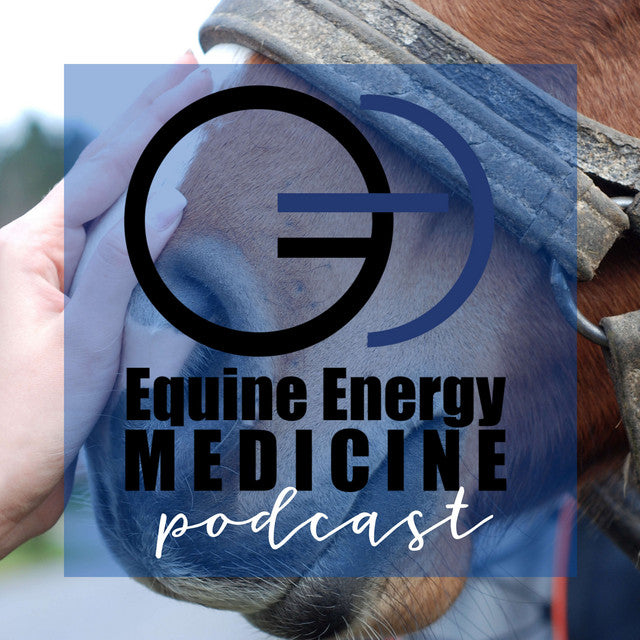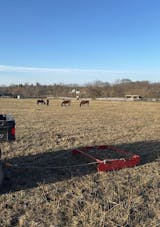
When it comes to managing horse paddocks in the UK, few topics spark as much debate as harrowing versus manure removal.
Many horse owners want to know which method is better for parasite control, pasture health, and day-to-day convenience.
Both approaches have their place, but understanding the differences can help you choose the system that works best for your horses and your land.
What is Harrowing?
Harrowing is the process of dragging a chain or tine harrow across the pasture to break up and spread manure piles. In theory, this helps droppings decompose faster and adds nutrients back into the soil.
On sunny days it can look like a quick fix, especially on larger fields where removing manure by hand feels impossible.
Harrowing is a traditional method many farmers and horse owners have relied on for years.
The Appeal of Harrowing in the UK
There are good reasons why harrowing remains popular in the UK. It can improve the appearance of a field quickly, spreading droppings so they are less obvious.
For those managing big grazing areas, it feels efficient, requiring only a tractor or quad bike to cover large ground in a short amount of time. Some owners also like that it recycles nutrients, feeding the soil naturally.
The Problem with Harrowing for Parasite Control
While harrowing looks tidy, it does not solve the problem of parasites. Worm eggs and larvae in the manure are spread across the pasture and may still survive in damp, cool conditions.
UK weather rarely provides long stretches of hot, dry days strong enough to kill them. Instead of eliminating the parasite risk, harrowing can make it worse by distributing larvae more evenly across the grazing area.
For owners managing laminitis-prone or young horses with weaker immune systems, this is a serious drawback.

What is Manure Removal?
Manure removal is the process of physically picking up and removing droppings from paddocks. This can be done with a fork and barrow in smaller turnout areas or with tools like the Paddock Blade for larger paddocks.
Unlike harrowing, this method physically removes worm eggs and larvae from the field, significantly reducing parasite loads.
It also improves pasture quality by preventing over-fertilization in patches where manure accumulates.
Why UK Horse Owners Choose Manure Removal
Manure removal is considered the gold standard for parasite control in the UK. Worm burdens are already a growing concern, with resistance to dewormers becoming a major issue.
By keeping paddocks clean, you interrupt the life cycle of worms and protect horses from reinfection. Removal also reduces fly populations, improves pasture appearance, and prevents the build-up of sour, over-grazed areas around manure piles.
While it is more labor-intensive than harrowing, the health benefits are hard to ignore.
Making Manure Removal Practical
The biggest barrier for UK horse owners is time. Manure removal by hand can take hours, especially if you manage multiple horses or larger paddocks. This is where the Paddock Blade makes a difference.
Designed to collect manure efficiently as it glides over uneven ground, it reduces hours of manual work to minutes. By making paddock cleaning quicker and less physically demanding, it allows owners to keep up with the frequency required to control parasites effectively.
Safe Use Tip: In the UK’s wetter months, wait for the ground to drain slightly before using your Paddock Blade. Tow it at a steady speed to avoid rutting, and empty it frequently for best results.
When Harrowing Works Best
Harrowing is not useless, but it is best suited to specific conditions. If you have access to large acreage and can rest a field for several months, harrowing can work in combination with rotation.
Spreading manure and then leaving the pasture unused allows UV light, time, and weather to break down parasites before horses return.
However, this requires significant land management and is not practical for many smaller UK livery yards or private paddocks.

Combining Methods for Pasture Health
Some UK horse owners use a combination of removal and harrowing. They remove manure regularly from smaller turnout areas where horses graze daily and harrow larger fields that can be rested for long periods.
This approach balances convenience with health benefits, though removal should always be the priority in paddocks where horses are currently grazing.
FAQs
Does harrowing control worms in horse paddocks?
Not reliably. Harrowing spreads manure but does not kill worm eggs and larvae unless conditions are hot and dry, which is rare in the UK.
Is manure removal better than harrowing for UK horse owners?
Yes, manure removal physically removes parasites from the field, reducing worm burdens and supporting parasite control programs.
Can harrowing be safe if I rest the pasture?
Yes, if you can rest a field for several months after harrowing, parasites will usually die off before horses return. This is most effective in summer with plenty of sun and heat.
How often should I remove manure in UK paddocks?
At least two to three times per week, and more often in smaller paddocks or wetter conditions where worms thrive.
How does the Paddock Blade help with manure removal?
The Paddock Blade makes removal faster and easier, collecting manure efficiently on uneven or wet ground. This saves time and makes regular cleaning realistic.
Which method is best for small paddocks in the UK?
Manure removal is always the best option for small paddocks, since horses graze near droppings and reinfection risk is high.
Conclusion
For UK horse owners, the choice between harrowing and manure removal comes down to parasite control versus convenience.
While harrowing may look tidy and work in large fields that can be rested, it does not reliably control worms in the UK climate.
Manure removal, though more labor intensive, remains the best choice for healthy horses and safe pastures. With tools like the Paddock Blade, removal becomes quicker and easier, turning what was once a time-consuming job into a manageable routine.
For most UK paddock owners, manure removal is not just the better option, it is the essential one.






